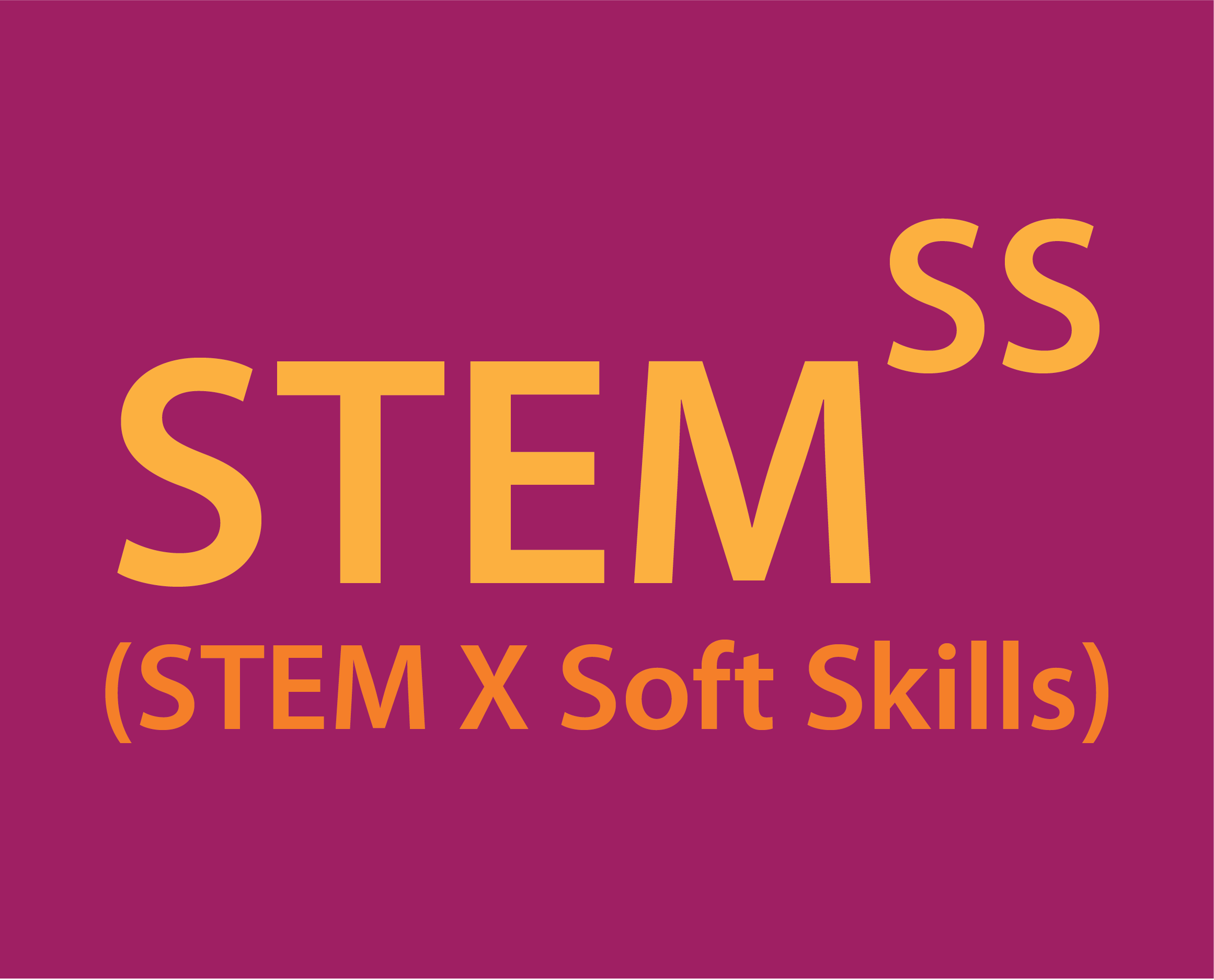Education trains tomorrow’s workers, and it must reflect employer demands for workforce candidates who are trained in a “Whole-Child” style. This means that they must have both foundational STEM content mastery and Soft Skills, including creativity and emotional intelligence.
Here are three reasons why:
1. Employers Need Workers With STEM Foundational Content Mastery
All jobs require at least some degree of intellectual development, so having base knowledge to think from is a key to being a useful employee. Because more people have access to digital devices, individuals without basic computer literacy are at a disadvantage. Take email or smart phones for example. If you can’t email, you’re below the basic competency level for most jobs.
2. Employers Need Workers With Soft Skills of Creativity & Emotional Intelligence
As computing has advanced through robotics (replacing human muscles with machines) to machine learning and AI (replacing human thinking), it’s become clear that the furthest reaches from computer automation lie at the creative and emotional end of the spectrum. So, while automation has greatly affected lower-level functions, creativity and emotional intelligence remain in high demand. In fact, the demand has risen so much that there’s now huge leverage and many cost-effective ways to create new things. Take video and film production for example: what used to require huge studios and many workers can now be produced on a smartphone. Creative tools make self expression producible on tap.
3. Search Engines Are Pushing the Curve for Soft Skills in Workers
Search engines have democratized knowledge and information. It’s readily on tap for anyone, free at a moment’s notice. We no longer have to memorize information or processes. The result is that there’s less need to load students’ heads with a lot of potentially useful knowledge. With a smaller basis of knowledge, they now have a more direct route to invention and innovation phases. And, if they are smart critical-thinkers, they will ask the right questions and do the just-in-time research necessary to get their jobs done.
From an education standpoint, this means that student memorization risks disengagement. Students won’t see the relevancy of what they’re learning. But if students understand the positive stakes, they’ll be more engaged and interested than before.
STEM x Soft Skills = Whole-Child Success
The image above abbreviates Soft Skills as a superscript exponent “SS.” Exponents are factors that multiply their base variable. in this case, STEM is foundational content mastery, and it’s multiplied exponentially by the Soft Skills of creativity and emotional intelligence. This is why “Whole-Child” training needs to encompass both STEM and Soft Skills.
Learn how BizzyB combines these skills to create a more well-rounded approach to learning.

